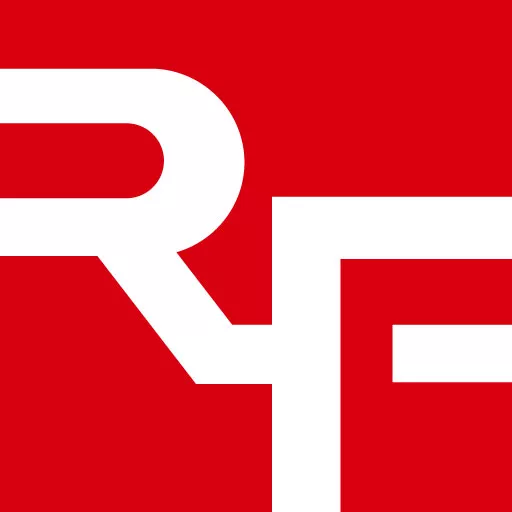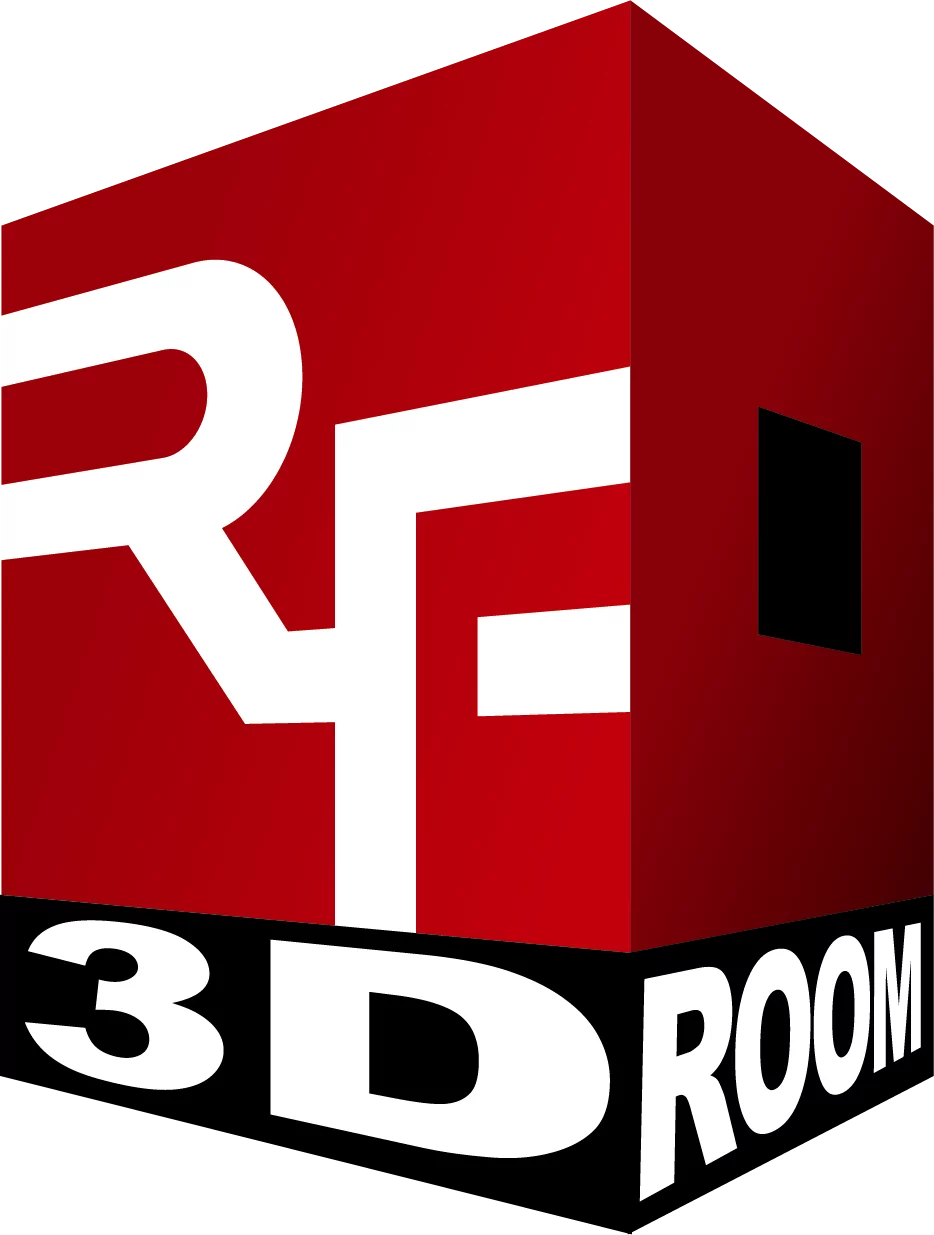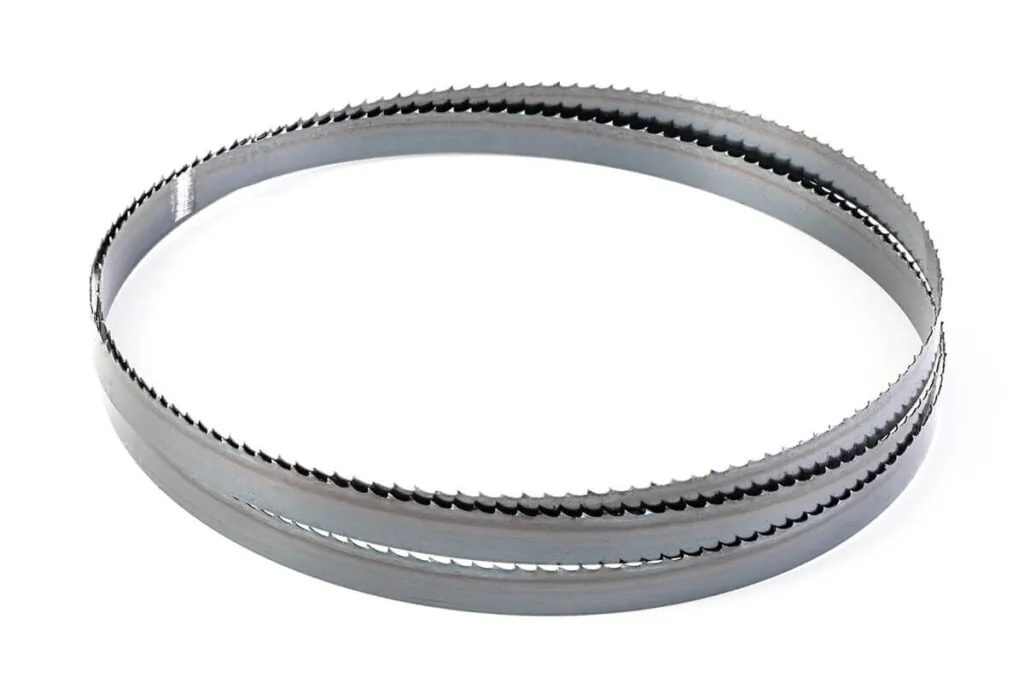Definition of Blade Deflection
Band saw blade deflection refers to the lateral or vertical deviation of the blade from its intended cutting path during operation. This displacement is typically caused by excessive feed pressure, improper blade tension, worn blade guides, or unsuitable blade selection for the material. Inaccurate tracking leads to dimensional errors, poor surface finish, and increased wear on both the blade and machine components. Understanding and controlling blade deflection is essential for maintaining cut accuracy, extending blade life, and preventing unnecessary downtime in both metalworking and woodworking band saw operations.
Why It Matters for Band Saw and Mill Drill Machines
Accurate blade tracking ensures that the cut follows the planned path without drifting, which is critical when producing precision components. Even minor deflection can result in parts that fall outside tolerance, creating scrap or requiring rework.
From a mechanical standpoint, blade deflection increases friction and heat, which accelerates tooth wear and may cause premature blade failure. Excessive deflection also places stress on bearings, wheels, and guide assemblies, leading to higher maintenance costs. Correct feed pressure, tension settings, and guide alignment are vital to minimizing deflection and maintaining machine efficiency.
Related Terms
Band Saw Blade Tension
Band Saw Feed Rate
Band Saw Blade Tracking
Band Saw Guide Bearings
Band Saw Tooth Pitch
Band Saw Cutting Accurac
FAQ
How can operators reduce Band Saw Blade Deflection during heavy cuts?
Operators can reduce Band Saw Blade Deflection by lowering feed pressure, ensuring proper blade tension, and using sharp, material-specific blades. Upgrading to rigid guide assemblies and maintaining accurate wheel alignment also helps keep the blade on its intended path. This is especially important when cutting hard alloys or thick cross-sections where deflection forces are higher.
Why does improper blade tension increase Band Saw Blade Deflection?
If tension is too low, the blade can flex sideways under load, leading to Band Saw Blade Deflection. Conversely, excessive tension may overstress the blade and bearings without necessarily improving accuracy. Following the manufacturer’s specified tension range provides the optimal balance between stability and component life.
How does feed rate affect Band Saw Blade Deflection?
An excessively high feed rate increases cutting force, which can push the blade off its intended line, causing Band Saw Blade Deflection. Adjusting feed rate according to blade type, tooth pitch, and material hardness reduces the lateral load and improves cut accuracy.



